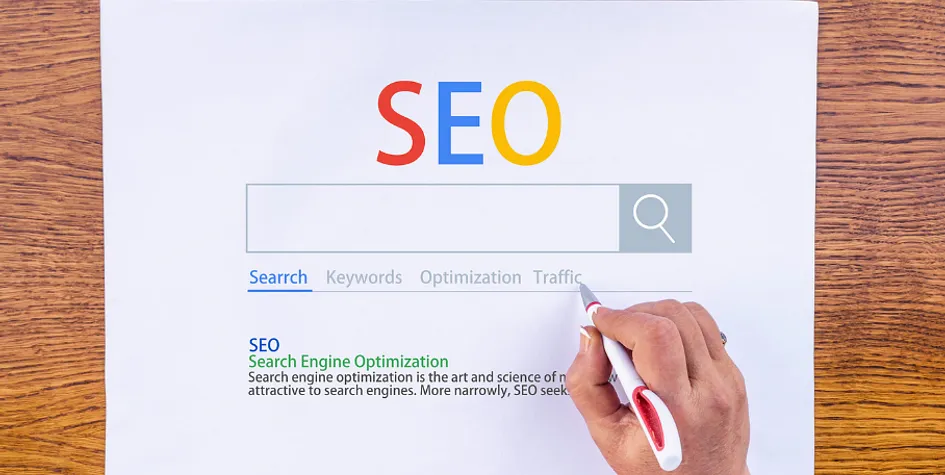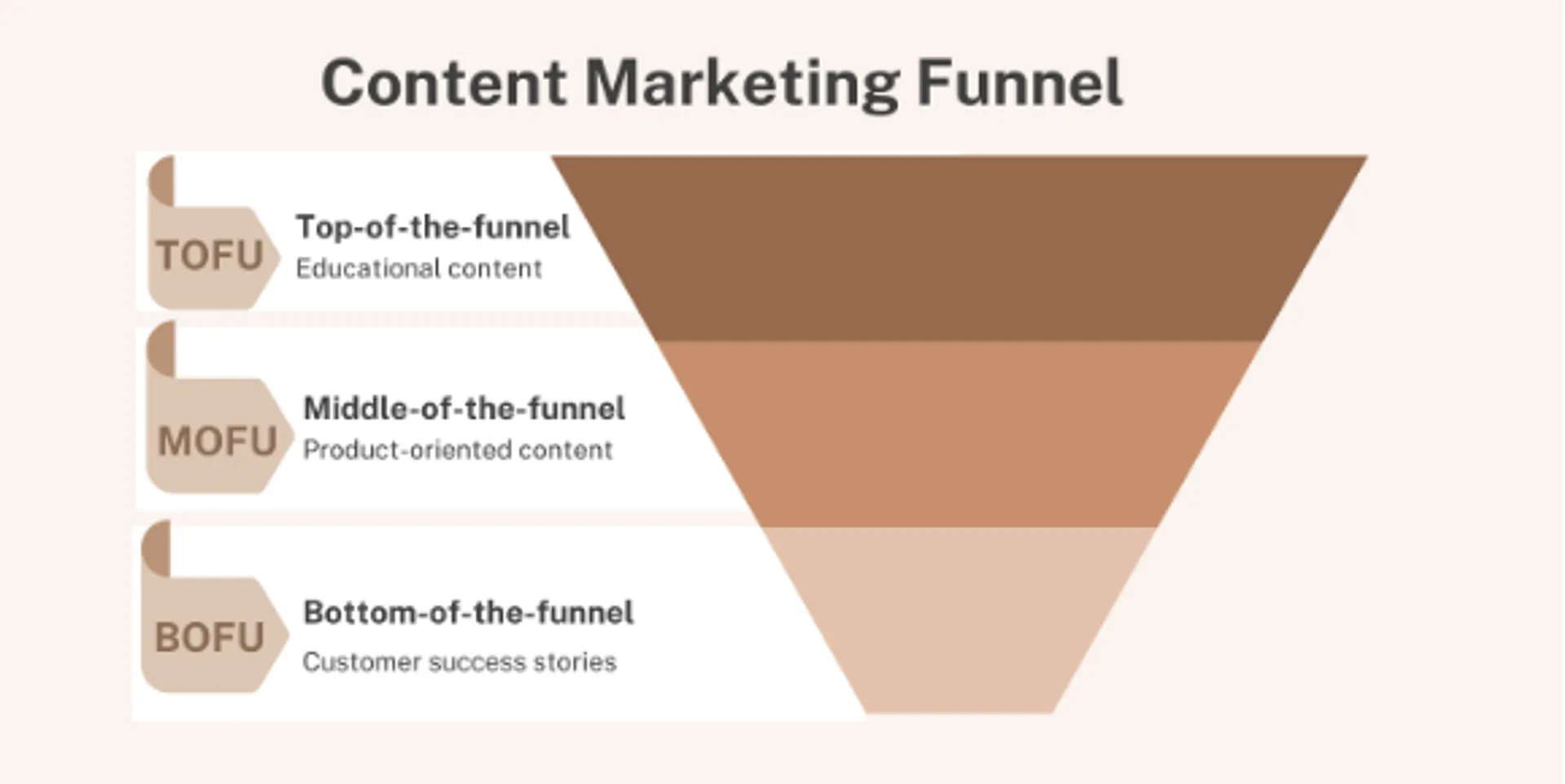Do you want your article to be featured on our website? Please include your email and your article suggestion(s) and we will get in touch with you! Keep in mind that our articles are catered towards candidates (living or interested in moving to the Netherlands) or companies in the Netherlands. Therefore, we can only consider relevant suggestions.
Essential SEO Tips for Recruiters to Boost their Hiring Efforts

Being a recruiter, you would know how to attract and engage the right candidates for your job posted online.
But, to your surprise, “Search Engine Optimisation” can be a thought-through primary driver of attracting new talent to your business leaving a big impact. The best part of SEO is that you start appearing in relevant searches made by your target audience.
All you have to do is identify your target audience’s needs and meet their requirements with your content. More airing out means more organic traffic leading to more candidates.
Not to forget, implementing SEO strategy in your recruitment efforts can exceptionally help you attract potential clients to your website along with candidates.
What if you are wondering….
I am a recruiter. Do I really need SEO?
Don’t worry! We’ve got you covered.
What is SEO and why do recruiters need it?
In recruitment, SEO includes getting a website to the top of the result page on search engines like Google and Bing. After all, the majority of users remain on the first page of Google, and 57.6% click on the first result, which means jumping from the #2 position to #1 will double your organic traffic.
Though, you might think, I have a PPC campaign that works great to get me on the top results, right? Well, only 1.59% click the paid ads search results, whereas 33.59% click on organic search results.
However, you not only want to appear for the recruitment searches you wish for, you also need to convert these to applying for jobs or at least signing up to your email list, and this won't be possible if they land on the wrong page.
Search engine optimization is much more than just ranking high in search engines. It also focuses on engaging users.
What opportunities does SEO bring for recruiters?
Each month, Google processes 150 million job searches in the US alone.
So, what does that mean?
Google is a significant factor in the job search market; and to reach those qualified candidates, SEO is a must.
For example, keywords like “recruitment” have a search volume of 23k, but, on the other hand, the keyword difficulty is 30. This means you will need approximately 36 backlinks to make it into the first page.
Besides, the intent of this keyword is expansive and has a huge traffic flow, using long tail keywords will help you attract traffic with more specific intent.
This is because long tail keywords carry a clear message of the audience's needs that you can quickly address – they are intent-based. So, for example, a user searching for "engineering jobs" has a clear perspective of what he is looking for. Whereas a search for "jobs" is a lot less clear.
And, when we talk about “targeted search intent”, we mean attracting and engaging users that are searching for a job in the specific domain. For instance, there are approximately 7.3K searches for the term “engineering jobs” and this is data just for one keyword. According to Ahrefs, there are 17K keyword opportunities under “engineering jobs”.
Now that you are aware of the opportunities that exist, how do you make the most of it? Simple, by creating content that attracts!
How to craft content that attracts the right candidate?
I understand, it can be challenging to craft the right content, for the right audience, at the right time. You need to review each content piece and align it to the respective stage of the buyer’s journey the content aligns with.
The stages include:

Let’s shed light on them.
TOFU (Top of the Funnel)
Top of the funnel is often termed an awareness stage. In this stage, potential customers are looking for information.
According to Semrush, below types of content work best for the ToFu stage:
- “How-to” guide - 72%
- Landing page - 35%
- Infographic - 28%
- Checklist - 27%
- White paper -26%
- Video tutorials - 23%
MOFU (Middle Of the Funnel)
Consideration, or the interested stage. Here, in this stage, potential customers are viewing your website and reading reviews.
Considering the results from the same Semrush study, the following types of MoFu content works best when attracting traffic. Here’s the list:
- “How-to” guide - 44%
- Product overview - 40%
- Case study - 34%
- Webinar - 31%
- Success story - 30%
BOFU (Bottom Of the Funnel)
Bottom of the funnel is also considered as the Intent and conversional stage. Buyers are ready to make a purchasing decision.
The top performing content types for this stage include:
- Success stories
- Customer reviews
- Product overview
Furthermore, email is one of the most effective approaches to nurture your lead into conversions at this stage.
How to draft content that attracts candidates?
Let’s see how!
Awareness-focused content
Awareness content is focused on answering queries. Adhering to opportunities related to your targeted audience, like “engineering jobs”, all the words associated with awareness-based questions like what, where, who, etc., are answered with content focused on answering questions.
And, to create insightful content, you can use Answer The Public to find out which keywords are trending or most relevant to your readers. You have to enter a keyword into the search bar, and it will give you all the questions that are asked related to the search query, classified into “who”, “where”, “are”, “will”, “why”, “what”, “can”, “how”, “which” and “when”. All these words are related to awareness-based questions.
The users are searching for informative content that will answer their doubts and queries. Though they may not be ready to start searching for a job, they might be at a later stage, so hang on tight.
After all, awareness content is a great option to attain backlinks from an SEO perspective. But that doesn’t mean other businesses will automatically link to your respective job page; and as the job page is not focused on informative content it doesn’t provide any value to an average reader. However, crafting helpful or unique content can result in achieving great links that improve your overall ranking at a quicker pace. But remember, SEO isn’t a quick win; you’ll have to play the long game.
Consideration-focused content
In the consideration stage, users would have already done their homework and sought informative content to help them decide. And the best possible way to make sure you craft consideration-focused content is by considering all the popular industries your recruitment agency covers and creating a page where the content is customised to what you have to offer.
Remember, your home page ranks for broad keywords along with your main offerings. Let's understand this with an example - Your homepage may be ranking for "finance hiring agency", but other pages may rank for associate recruitment or accounting recruitment consultant.
So, to stay in line with the engineering keyword, consideration content should be:
- A category page titled - "Piping Engineering Jobs."
- A category page titled - "Engineering recruitment agency in NL.'
Intent-focused content
Here, users know what they want. So, they come to your tailored pages that give them specific and valuable information surrounding the searches. And, now at the intent stage, they’re all about to contact you, register their resume or sign up.
So, in simple terms, staying in line with the trade is crucial.
What next?
Tiny-miny on-page SEO changes
When it all comes down to enticing Google, on-page aspects can be easy, as well as quick tricks for your content and website layout that help you boost your page online presence in the SERP (Search Engine Result Page).
Title and heading tags, meta-description, internal links, image alt-attributes, and keyword management are elements of on-page SEO that can act as a boon in improving user experience and driving traffic to your website.
All these elements act as indicators for Google to understand your website content, making it easy to rank in the relevant search queries. Though the core of SEO is to appeal to Google, any changes made should be taken considering your target audience.
Here are some pocketed secrets from industry experts to help you get started.
H1 Title tags
As the name suggests, this is the title that will appear on the Google result page.
So, it’s essential to keep in mind that each page of your website should have only one H1 tag that should be within 70 characters with primary keywords included.
Internal linking
Placing internal linking and keywords in the first 200 words is a tried and tested approach.
After all, the first 200 words are an ideal place to integrate links for other helpful website pages. Internal linking is a straightforward approach to boost the ranking of several different website pages by presenting to Google their importance. This is another chance to use your keywords wisely by including them in the hyperlink text and keeping them relevant to the page you are linking to.
💡Tip: Keep links to a maximum of 2-3 as it helps in keeping their value.
Meta-description
Meta-description of a page is a comprehensive summary (155 characters maximum) that presents and publicises your website's services or products to visitors. And, to capture your audience's interest by enticing the reason behind their search, the meta description is another place where your primary keywords come into the bigger picture.
Keywords
As already discussed, keywords need to be customised and cleverly placed to improve the search engine optimisation of your website, so don’t just cut them out. There are several places where you can strategically place them smartly - the first 200 words of content, title and headings, meta-description, image-all-text, and much more.
Again, for Google, all these attributes are indicators of what a page is about, so keywords hold more dominance here.
Images
Optimising your website from an SEO perspective can come from things as simple as the file name, all text, and even the description of the images you have on your site’s pages. So, adding keywords to these attributes shows Google image importance and the text relevancy to it.
Lastly, remember Rome was not built in a day!
The best part is that your SEO efforts now will pay off in the long run, and the earlier you start making strides in your SEO strategy, the quicker you will facilitate the recruitment process.
And, what you want is to be where your candidates are. And Google is the first step for many candidates in their job search. So, having a website that bridges the gap between you and your purple squirrel is easily visible with the right SEO techniques. You can also integrate them into your marketing activities that nurture your relationship, like marketing campaigns, emailers etc.
All in all, you’ll start reaping the benefits of now-made SEO efforts in disguise of traffic increase with higher conversions. Start now!
About the Author:
Radhika wangoo
Writer. Editor. Storyteller. Content strategist. Seasoned in crafting insightful everyday experiences for your brand by telling and curating stories. She works at GoHire and writes about how businesses can hire really great people.


